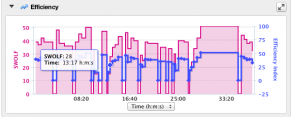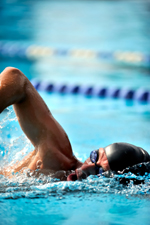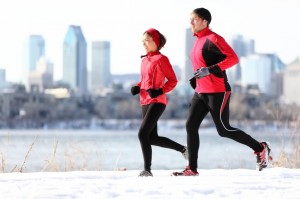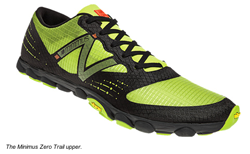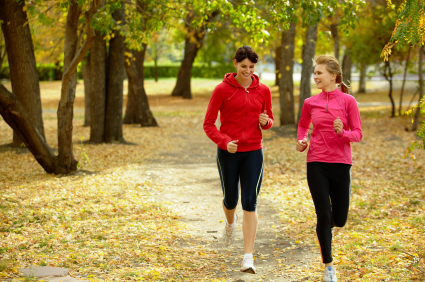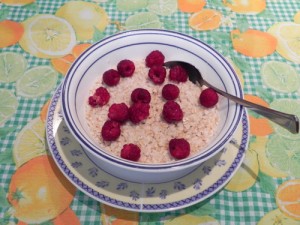If you are training for a triathlon and you are swimming; here is a little help for you to better understand your performance while in the water.
SWOLF score can really help you to monitor how you are doing while swimming.
What is SWOLF score? SWOLF is derived from combining the terms swimming and golf.
SWOLF score equals the number of strokes per one pool length plus time (in seconds) it takes to complete the pool length; so for example, if you completed one lap doing 11 strokes in 30 seconds, your SWOLF score would be of 41. Your Average Efficiency is calculated by the total time plus stokes to complete 25 meters (in this case the distance is fixed). This is helpful for you to compare your swim efficiency to another pool or open water workout.
The Garmin Forerunner 910XT provides this information to you when swimming; you can set your watch to show SWOLF score on one of the data fields. You can also get your score once you upload your data to garminconnect.com; SWOLF number is displayed as shown:
The goal is to have a SWOLF score as low as possible; there are three scenarios:
1) If you cover the same distance in the same time but with fewer strokes, it means that you are being more efficient per stroke and have a better stroke length. This is perfect for long open water swim.
2) If you cover the same distance in less time but same number of strokes, it means you are speeding so you are spending a lot of energy. So, in terms of energy, this scenario will not be efficient; the swimmer will not be able to hold this for a long time.
3) And finally, doing the same distance with fewer strokes in less time; this means you have increased stroke efficiency and you are faster; this is the ideal scenario and it is what all swimmers would want to achieve.
Technique and efficiency are developed through practice; the more you swim the better technique and efficiency you will achieve.

